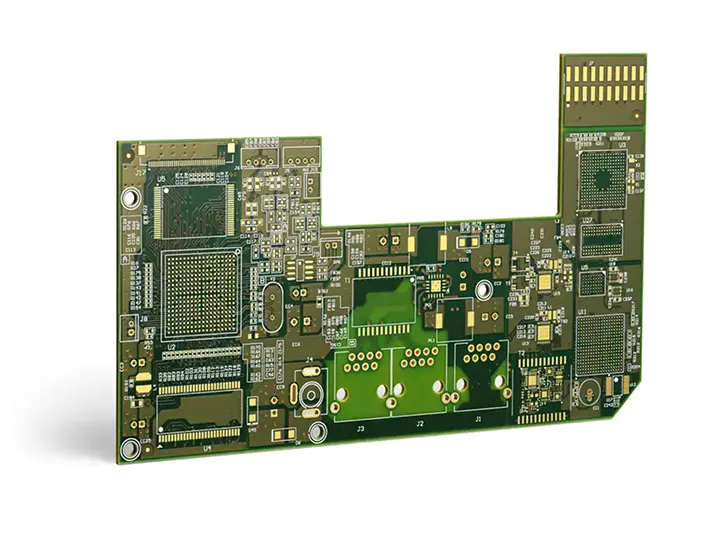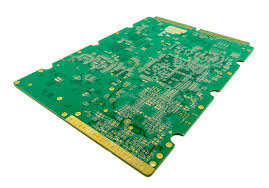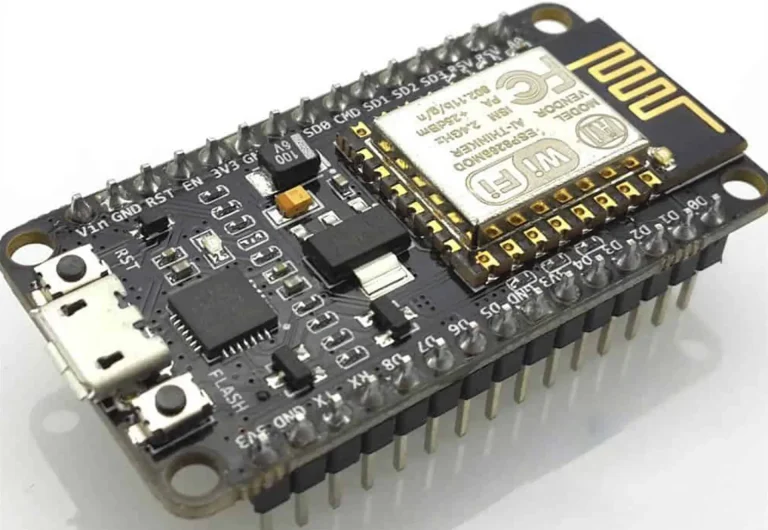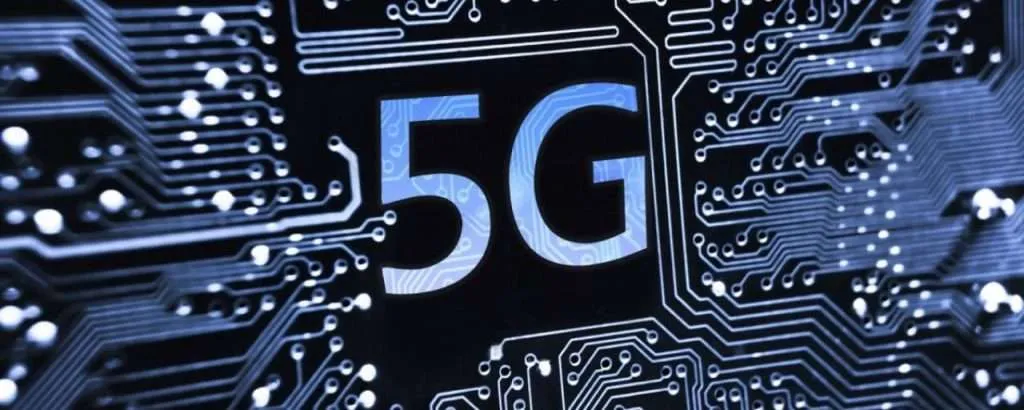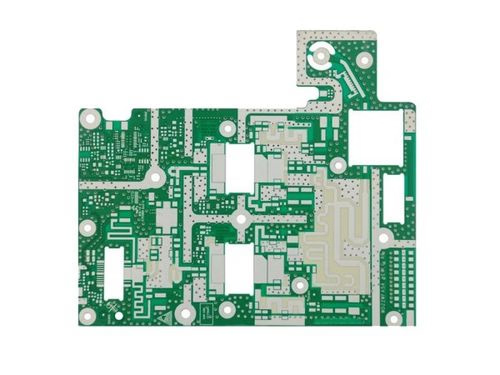Taconic TLY-5 PCB Laminates: Ultra-Low-Loss Materials for High-Frequency Excellence In high-frequency PCB engineering, materials are the foundation of performance. From RF front-ends to satellite communication systems, every decibel of loss, every fluctuation in dielectric stability, and every thermal deviation directly impacts system integrity. Taconic TLY-5 stands out as one of the industry’s most trusted PTFE-based...
HomeCategory
PCB Design Services | Professional PCB Layout & Design - KKPCB
Single Layer PCBs: A Comprehensive and Technical Guide Introduction Single-layer printed circuit boards (PCBs)—often referred to as single-sided or 1-layer PCBs—represent the most fundamental yet enduring form of PCB technology. Despite the fast-growing adoption of multilayer, HDI, and advanced substrate solutions, single-layer boards continue to dominate large segments of consumer electronics, industrial instrumentation, IoT nodes,...
Customer CaseElectronics Industry NewsEngineering TechnologiesPCB DesignPCB ManufacturingPCB Materials
ENIG PCB Surface Finish: Benefits, Process, and Applications Explained
What Is ENIG PCB Surface Finish? What Is ENIG in PCB Manufacturing? ENIG (Electroless Nickel Immersion Gold) is one of the most widely used and highly reliable PCB surface finishes in the electronics industry. As a chemical deposition process, ENIG forms a two-layer metallic coating—a nickel barrier layer followed by a thin immersion gold layer—without...
Customer CaseElectronics Industry NewsEngineering TechnologiesPCB DesignPCB ManufacturingPCB Materials
Defense PCBs: The Silent Guardians Powering and Protecting Critical Military Systems
How Defense PCBs Secure Critical Military Systems In modern defense technology, where milliseconds determine mission success and electronic failure can compromise national security, Defense PCBs stand as the silent guardians that ensure military systems operate flawlessly. More than simple circuit carriers, these boards are engineered to perform under extreme heat, rapid pressure shifts, electromagnetic attacks,...
Microwave Module PCB: Precision Engineering for High-Frequency Excellence at KKPCB As wireless systems enter the microwave and millimeter-wave domain—from 2 GHz radar to 30 GHz satellite links and even 77 GHz ADAS—the role of the Microwave Module PCB becomes mission-critical. These PCBs are no longer just interconnect structures; they function as precision RF substrates, thermal...
WiFi PCB Design Guide for High-Speed Connectivity Introduction WiFi connectivity is everywhere—from mobile devices to smart home systems and industrial machinery. At the heart of all these wireless systems lies the WiFi PCB, a specialized circuit board engineered to process, transmit, and receive high-frequency wireless signals. This guide explores the structure, design principles, materials, RF...
Zigbee Module PCB: The Core of Building Reliable, Low-Power IoT Networks In the rapidly expanding Internet of Things ecosystem, choosing the right wireless technology determines both system performance and long-term scalability. Among various communication standards, the Zigbee Module PCB stands out as the backbone for low-power, large-scale mesh networks used in smart homes, industrial automation,...
Customer CaseElectronics Industry NewsEngineering TechnologiesPCB DesignPCB ManufacturingPCB Materials
5G Module PCB Solutions: Empowering Next-Generation Connectivity
Introduction In the era of hyper-connectivity, the evolution of 5G technology has brought about an unprecedented leap in wireless communication. From smartphones and IoT devices to autonomous vehicles and industrial automation, 5G enables ultra-fast data transfer, ultra-low latency, and seamless device interconnection. At the heart of this revolution lies the 5G Module PCB — the...
Automotive Radar PCB: The Foundation of Intelligent Mobility | KKPCB Introduction Automotive radar technology has become a defining pillar of modern Advanced Driver Assistance Systems (ADAS) and autonomous driving architectures.At the core of these radar modules lies an essential enabler of performance — the Automotive Radar PCB. An Automotive Radar PCB is far more than...
Customer CaseElectronics Industry NewsEngineering TechnologiesPCB DesignPCB ManufacturingPCB Materials
Medical PCB Solutions: High-Reliability Printed Circuit Boards for Healthcare & Life-Saving Devices
Medical PCB Solutions: Precision, Reliability, and Safety in Healthcare Electronics 1. Introduction: The Evolution of Medical Electronics As modern medicine continues to embrace digital transformation, Printed Circuit Boards (PCBs) have become the silent foundation behind every advanced healthcare device.From portable monitors to implantable electronics, medical-grade PCBs ensure accuracy, safety, and reliability in life-critical applications. At...




